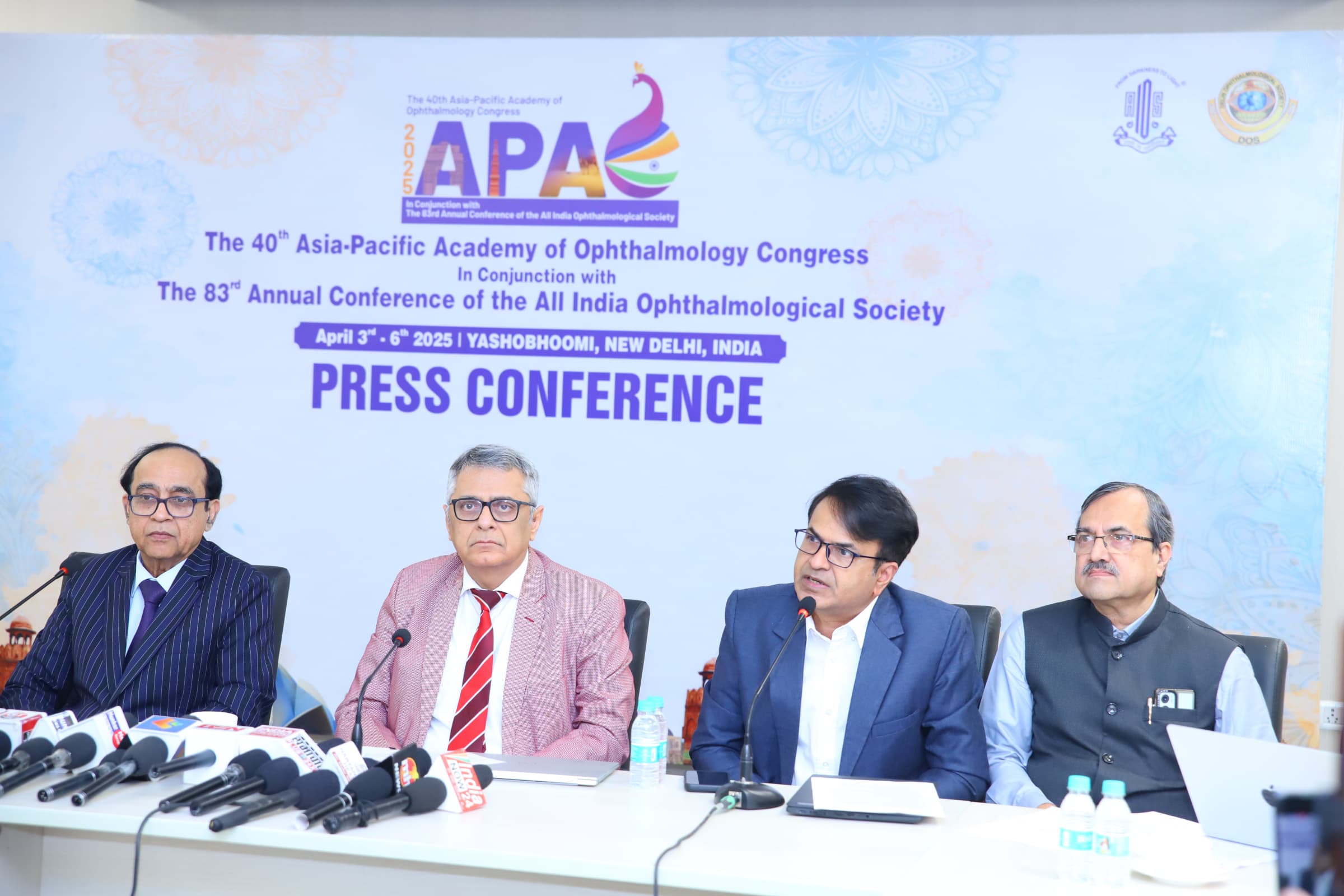
Doctors Warn: Binge-Watching Reels Could Be Damaging Your Eyes
Endlessly scrolling through short-form videos may seem like a harmless pastime, but doctors are now sounding the alarm on a new health crisis—‘Reel-Induced Eye Damage.’ The excessive screen time that comes with binge-watching reels on platforms like Instagram, TikTok, Facebook, and YouTube is leading to a surge in eye disorders. This growing concern was highlighted by top ophthalmologists at the Joint Meeting of the Asia Pacific Academy of Ophthalmology (APAO) and the All India Ophthalmological Society (AIOS) in New Delhi.
Dr. Lalit Verma, Congress President of APAO, described the situation as a “silent epidemic of digital eye strain.” Cases of dry eye syndrome, progressive myopia, and even early-onset squinting have spiked, particularly among children and young adults. He recalled a recent case of a student who visited his clinic with persistent eye irritation and blurred vision. After examination, doctors found that prolonged screen time had severely reduced his tear production. The student was immediately prescribed eye drops and advised to take regular breaks to relieve the strain on his eyes.
Dr. Harbansh Lal, Chairman of the Organizing Committee and Past President of AIOS, explained that reels are particularly harmful because of their fast-paced, attention-grabbing nature. The constant fixation on screens drastically reduces blink rates by nearly 50 percent, which leads to dry eyes and difficulties in shifting focus between near and distant objects. He warned that if this habit remains unchecked, it could lead to long-term vision problems and even permanent eye strain.
The problem isn’t limited to children alone. Young adults and working professionals are also experiencing frequent headaches, migraines, and sleep disturbances due to prolonged exposure to blue light emitted from screens. Research suggests that myopia, the most common cause of irreversible blindness, is expected to affect more than half of the world’s population by 2050. Until a few decades ago, eyesight prescriptions would stabilize by the age of 21, but with the rise in screen time, doctors now see fluctuations until the age of 30.
Beyond the physical impact, excessive reel-watching is taking a toll on mental well-being. Dr. Samar Basak, President of AIOS, pointed out how digital addiction is leading to social withdrawal and reduced real-world interactions. People, especially teenagers, are spending hours absorbed in reels at the expense of meaningful conversations and responsibilities. He emphasized that this pattern is contributing to family conflicts, lack of concentration in students, and decreased productivity in professionals.
Dr. Partha Biswas, Senior Ophthalmologist and Incoming President of AIOS, introduced the term ‘Reel Vision Syndrome’ to describe the overstimulation of the eyes caused by artificial lighting, rapid visual changes, and prolonged near-focus activity. He stressed that if the issue is not addressed soon, it could escalate into a full-blown public health crisis.
Experts strongly advocate for conscious efforts to reduce screen time. They recommend simple but effective measures like taking frequent breaks, increasing blink rates, and stepping away from digital devices to give the eyes time to recover. Encouraging people to balance their screen time with offline activities is crucial in preventing long-term damage.
As the consumption of short-form videos continues to rise, doctors urge parents, educators, and individuals to take preventive steps before the damage becomes irreversible. Reels may be short, but their impact on eye health can last a lifetime.